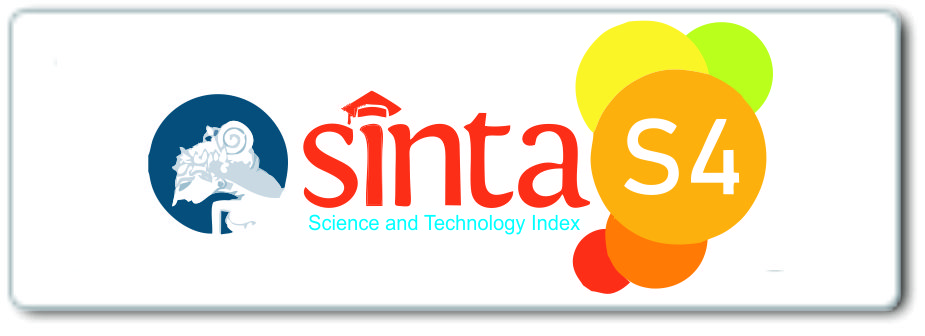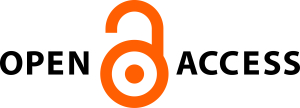The Production of Rencong Souvenir Based on Reused Brass Metal Waste
DOI:
https://doi.org/10.32734/jotp.v1i2.1286Keywords:
Souvenirs, rencong, foundryAbstract
The Traditional metal forming in fabricating rencong as souvenir requires high demands of energy, time, and accuracy skills from the blacksmith, but the quality that has been obtained is quite low, which includes colors diversity, and non-uniformity of brightness. The raw materials of brass metal are importantly needed for manufacturers, so that the cost of productions is relatively expensive. This study aims to improve the technology for fabricating rencong souvenir, which is expected to increase the production efficiency as well as conserving and improving the cultural and economic sectors. The simple casting techniques were conducted to be taught to the craftsmen from designing, mold and field training. This technology was able to be adopted very well by the craftsmen, while the rencong blades were produced in large scale by utilizing the brass metal waste. The diversity of sizes and shapes were obtained in small size and shapes blades, and the uniformity of color brightness was produced, so that the quality of souvenirs increases. Thus, the application of this technology can increase the income of craftsmen and the quality of souvenirs.
Downloads
Downloads
Published
Issue
Section
License
Copyright (c) 2019 Journal of Technomaterial Physics

This work is licensed under a Creative Commons Attribution-ShareAlike 4.0 International License.








